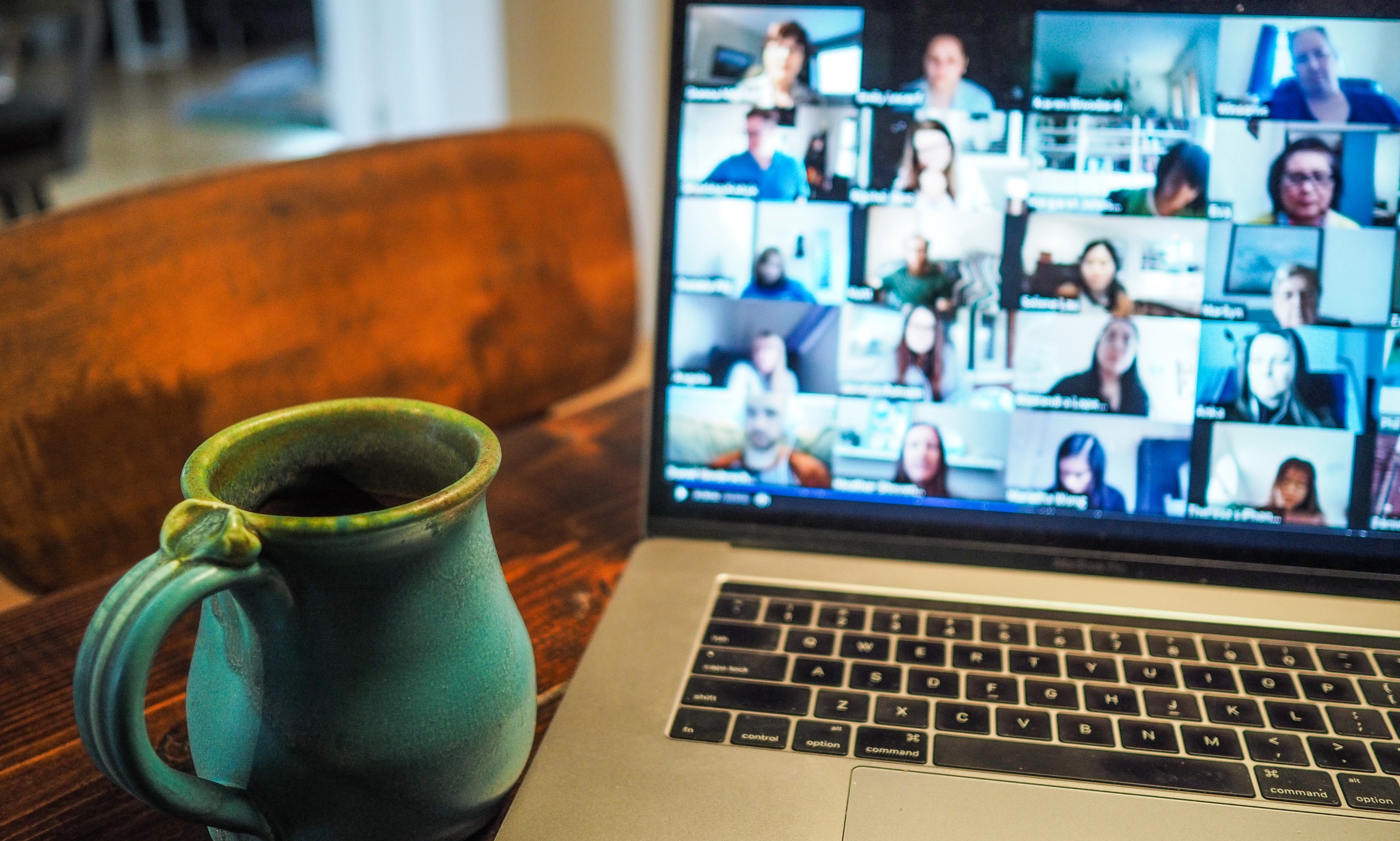Video Conference Etiquette: An Employer’s Guide
The advent of the COVID Pandemic in 2020 and the subsequent lockdowns causing businesses across the nation to shut their doors, ushering in a huge surge in the use of video conferencing and web based meetings.
Designed as spaces for staff and colleagues to communicate when they are unable to meet in person, these platforms were ideal for businesses during the pandemic and with a large numbers of employees set to remain working from home post pandemic, web based meeting platforms are continuing in popularity. However, these types of meetings don’t suit everyone and many team members have found the use of online video meetings stressful or difficult.
With so many employees working from home, employers have begun noticing some behaviours during video meetings that would, for example, not be acceptable if they were happening in the office. The line between professional and personal can blur when employees work regularly or permanently from their homes.
To address the times we find ourselves in post-pandemic, it may be beneficial for employers to add video conferencing etiquette to their polices and handbooks. Knowing how to use this technology in a way that is acceptable with your staff and clients is vitally important.
Video Conferencing Etiquette: A Definition
Put simply, video conferencing etiquette involves conducting a meeting or conference via video call, in a socially acceptable way. However, the difficulty arises in that what is socially acceptable for one, may not be for another.
It is tricky to determine what is socially acceptable and what might be considered rude or disrespectful so it is a good idea for employers to give this some thought in order to provide clear guidelines for employees before commencing this method in order to avoid any distress.
For example, the dress code should be clearly defined to avoid people showing up in their pyjamas and it should be decided in advance whether or not team members are permitted to eat, drink or smoke during calls.
The following terms of use should be considered when determining any video conferencing policy;
- Participants must mute their microphone when not speaking
- Participants must pay attention during the call and listen to others
- There must be no other people in the room so as not to cause distractions
- Participants must be dressed appropriately for the meeting in the context of those attending
- Appropriate backgrounds must be maintained
- Participants ID must be made clear throughout the call
- Participants must ensue their hardware is up to specification to prevent technical issues disrupting the meeting
Employers Rights
A good working-from-home policy will set out guidelines for how work should be conducted, hours of operation and general expectations. It will likely include information on how to access and use video conferencing software and employers can make rules for video conferencing just as they would for meetings at the office. With the rise in home working across almost all sectors at its peak following the Pandemic, it is pertinent for employers to have these policies and procedures in place for employees to follow whilst working from home.
Smile for the camera
A question often asked is whether employers can require an employee to turn on their camera during a video meeting and the answer is usually, yes. Consider a normal office environment; an employer can request a certain dress code and demand an employee’s attendance at a meeting. This applies to video calls too, an employer has the right to set out expectations on dress code and require the employee to activate the camera during a video conference.
There is always a worry about invading an employees privacy on video calls, as the employee is at home where their privacy is more extensive than in an office environment. The interests of privacy must be balanced with the employers need to manage employees for example it would be fair to expect an employee to attend an hour’s meeting with their camera on, but not to demand their camera is kept on for the entire workday.
Establish and communicate company policy
Clear communication on video conferencing etiquette is essential for employees to feel safe and confident in using such systems. It is preferable for employers to produce a specific, written policy as written policies ensure both employers and employees can better understand expectations. If an existing handbook or policy is being amended to include video conferencing etiquette, employers are advised to announce the changes clearly ensuring all employees are made aware of the new policy, for example in the form of a company wide memo.
If you are an employer seeking help to create a new video conferencing policy or working-from-home hand book, find the perfect employment lawyer to advise you today with LawBid.

